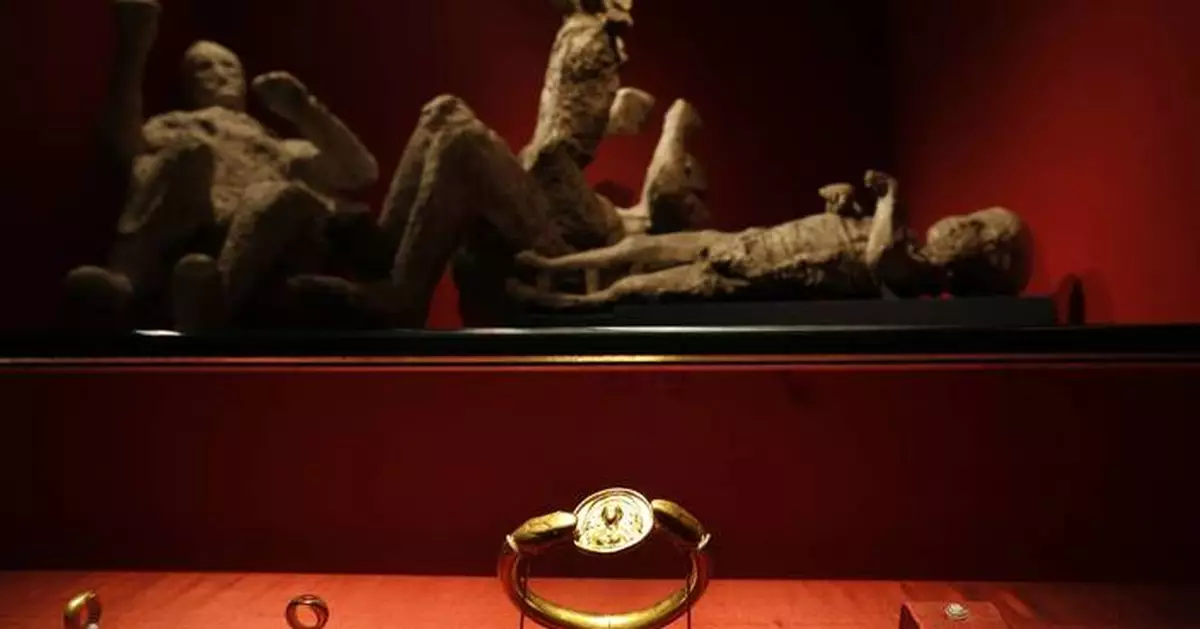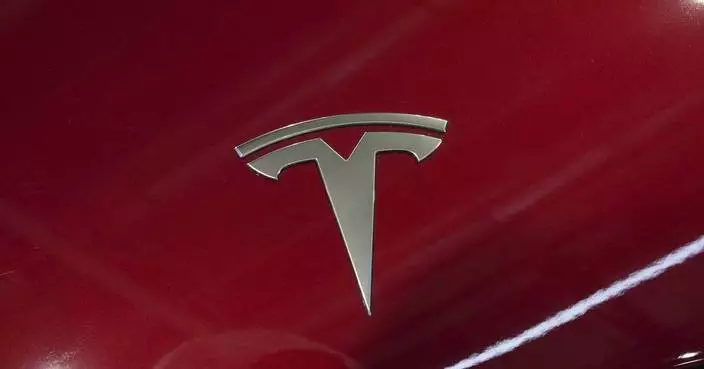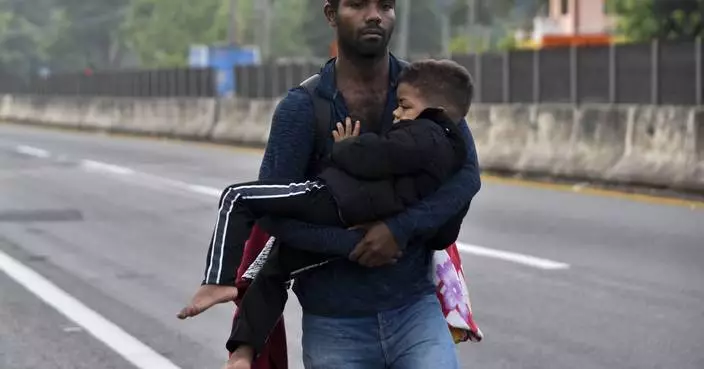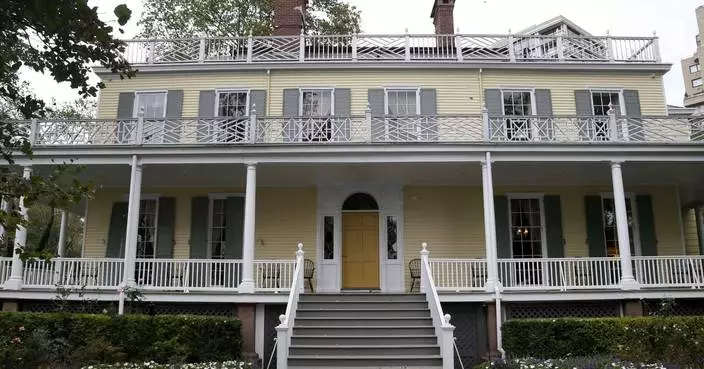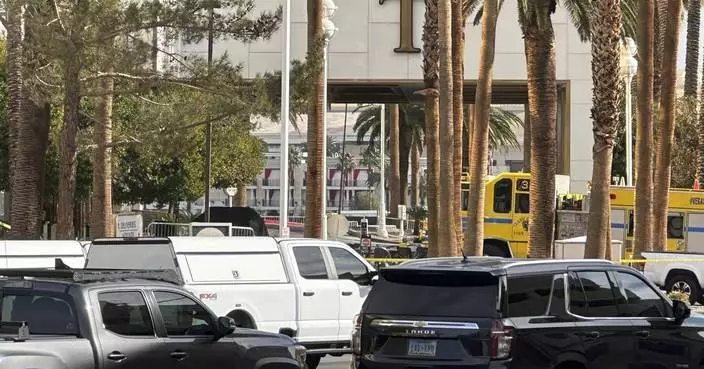When a volcanic eruption buried the ancient city of Pompeii, the last desperate moments of its citizens were preserved in stone for centuries.
Observers see stories in the plaster casts later made of their bodies, like a mother holding a child and two women embracing as they die.
But new DNA evidence suggests things were not as they seem — and these prevailing interpretations come from looking at the ancient world through modern eyes.
“We were able to disprove or challenge some of the previous narratives built upon how these individuals were kind of found in relation to each other,” said Alissa Mittnik of the Max Planck Institute for Evolutionary Anthropology in Germany. “It opens up different interpretations for who these people might have been.”
Mittnik and her colleagues discovered that the person thought to be a mother was actually a man unrelated to the child. And at least one of the two people locked in an embrace — long assumed to be sisters or a mother and daughter — was a man. Their research was published Thursday in the journal Current Biology.
The team, which also includes scientists from Harvard University and the University of Florence in Italy, relied on genetic material preserved for nearly two millennia. After Mount Vesuvius erupted and destroyed the Roman city in 79 A.D., bodies buried in mud and ash eventually decomposed, leaving spaces where they used to be. Casts were created from the voids in the late 1800s.
Researchers focused on 14 casts undergoing restoration, extracting DNA from the fragmented skeletal remains that mixed with them. They hoped to determine the sex, ancestry and genetic relationships between the victims.
There were several surprises in “the house of the golden bracelet,” the dwelling where the assumed mother and child were found. The adult wore an intricate piece of jewelry, for which the house was named, reinforcing the impression that the victim was a woman. Nearby were the bodies of another adult and child thought to be the rest of their nuclear family.
DNA evidence showed the four were male and not related to one another, clearly showing “the story that was long spun around these individuals” was wrong, Mittnik said.
Researchers also confirmed Pompeii citizens came from diverse backgrounds but mainly descended from eastern Mediterranean immigrants – underscoring a broad pattern of movement and cultural exchange in the Roman Empire. Pompeii is located about 150 miles (241 kilometers) from Rome.
The study builds upon research from 2022 when scientists sequenced the genome of a Pompeii victim for the first time and confirmed the possibility of retrieving ancient DNA from the human remains that still exist.
“They have a better overview of what’s happening in Pompeii because they analyzed different samples," said Gabriele Scorrano of the University of Rome Tor Vergata, a co-author of that research who was not involved in the current study. “We actually had one genome, one sample, one shot.”
Though much remains to be learned, Scorrano said, such genetic brushstrokes are slowly painting a truer picture of how people lived in the distant past.
The Associated Press Health and Science Department receives support from the Howard Hughes Medical Institute’s Science and Educational Media Group. The AP is solely responsible for all content.
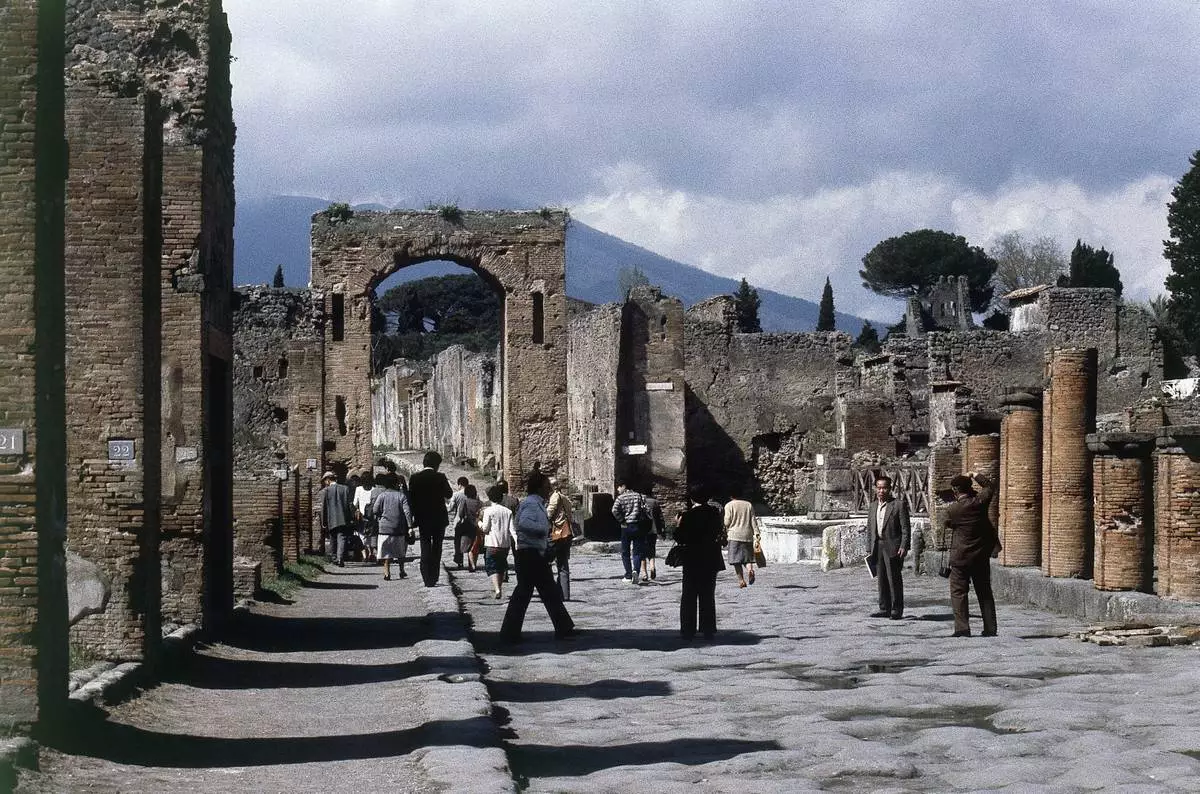
FILE - A view of Pompeii, a buried and ruined Roman city near modern Naples in Italy, is seen in 1979. (AP Photo/Jim Bourdier, File)
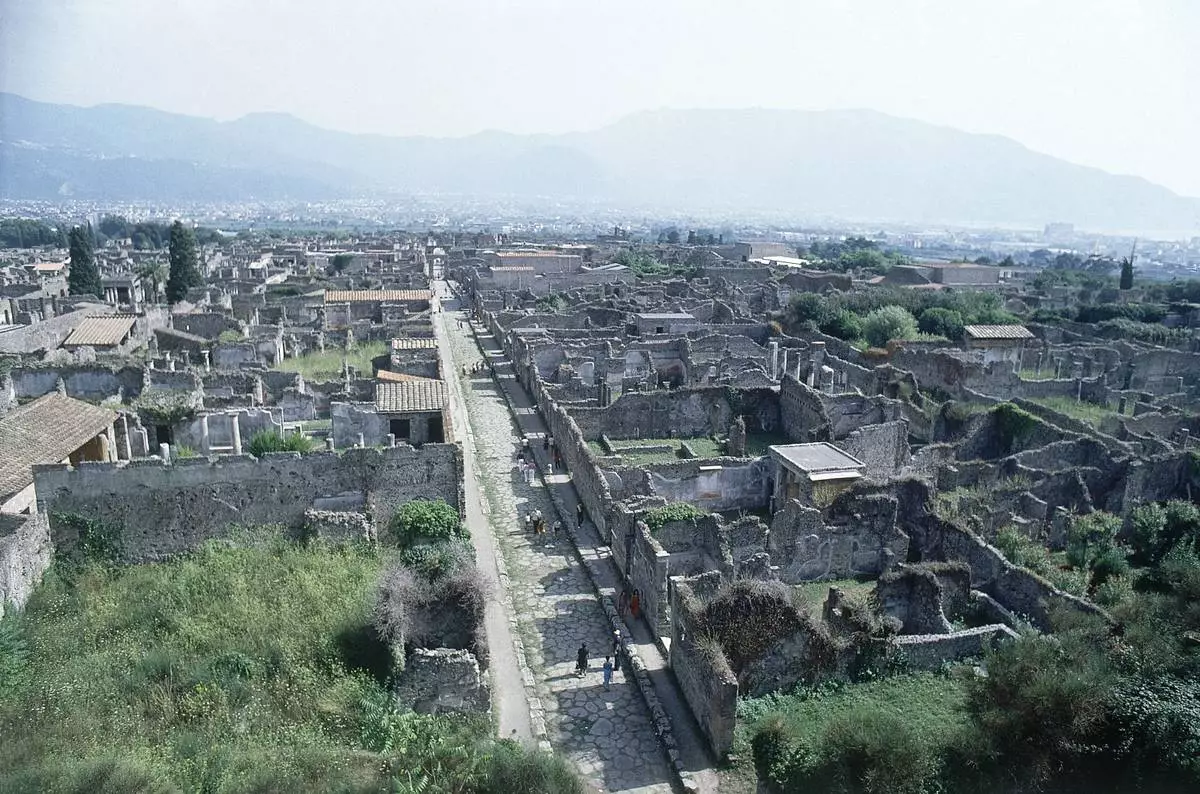
FILE - A view of Pompeii, a buried and ruined Roman city near modern Naples in Italy, is seen in 1979. (AP Photo, File)

FILE - Jewelry found in the ruins of a house in Pompeii are displayed, backdropped by the casts of two adults and two children who died together in the house in Pompeii, at the exhibition, "Life and death Pompeii and Herculaneum," at the British Museum in central London, March 26, 2013. (AP Photo/Lefteris Pitarakis, File)
CETINJE, Montenegro (AP) — Shock and dismay prevailed in Montenegro on Thursday after a gunman fatally shot 12 people, including two children, in a western town before killing himself.
At least four others were wounded in the shooting rampage in Cetinje on Wednesday that followed a bar brawl, officials said. This was the second such incident in the town in the past three years.
Hundreds gathered on Thursday evening at the main square in Cetinje for a candlelight vigil in the memory of the victims.
Police Commissioner Lazar Šćepanović described Wednesday’s shooting as “one of the biggest tragedies in the history of Montenegro.”
He said at a news conference that the victims included seven men, three women and two children, born in 2011 and 2016.
“Most of the victims were people he knew, his closest friends and relatives,” including the shooter’s sister, Šćepanović said. “This criminal act wasn’t planned or organized. It was unpredictable.”
The shooter, identified as 45-year-old Aco Martinović, killed the owner of the bar, the bar owner's children and his own family members, officials have said.
The attacker, who first fled after the rampage, was later located and surrounded by police. He died after shooting himself in the head, police said.
Residents of Cetinje, a town of some 17,000 people, were stunned and grief-stricken.
"I knew all of these people personally, also the attacker. I think when he did that, he was out of his mind," said Vesko Milošević, a retiree from Cetnje. "What do I know, he went from place to place and killed people. Its a catastrophe.”
Vanja Popović, whose relatives are among the victims, said that “we are all in shock.”
“How can I feel after this?" Popović said. "No one expected it. You can’t even ask anyone anything.”
Police had dispatched a special unit to search for the attacker in the town, which is located about 30 kilometers (18 miles) northwest of Podgorica, the country's capital. All roads in and out of Cetinje were blocked for hours as police swarmed the streets.
Police said that the shooter had died while being taken to a hospital in the capital and succumbed from the “severity of his injuries.”
Officials have said that the attacker was at the bar throughout the day with other guests when the brawl erupted. He then went home, brought back a weapon and opened fire at around 5:30 p.m.
Prosecutor Andrijana Nastić said Thursday that the attacker went to six locations during the shooting rampage, including the last one, where he shot himself.
Four men were killed at the bar, she said. The shooter then moved on to another location where he killed four more people, and then two children at a third site. He then went on to kill two more people at two other locations before eventually shooting himself, Nastić said.
“Further investigation will determine the exact circumstances of the events,” she added.
The government has declared three days of national mourning starting on Thursday, and all planned New Year's festivities have been canceled throughout the country.
Prime Minister Milojko Spajić said that the government may try to impose a total ban on weapons “because we must ask ourselves after this who should be allowed to have guns in Montenegro.”
The small Adriatic Sea nation, which has a population of around 620,000 people, is known for its gun culture and many people traditionally have weapons.
In August 2022 in Cetinje, which is Montenegro’s historic capital, an attacker killed 10 people, including two children, before he was shot and killed by a passerby.
Police have said that the suspect in Wednesday's shooting received a suspended sentence in 2005 for violent behavior and had appealed his latest conviction for illegal weapons possession. Montenegrin media have reported that he was known for erratic and violent behavior.
“Instead of holiday joy ... we have been gripped by sadness over the loss of innocent lives,” Montenegro's President Jakov Milatović said in a post on X.
Associated Press writers Jovana Gec and Dušan Stojanović contributed to this report from Belgrade, Serbia.
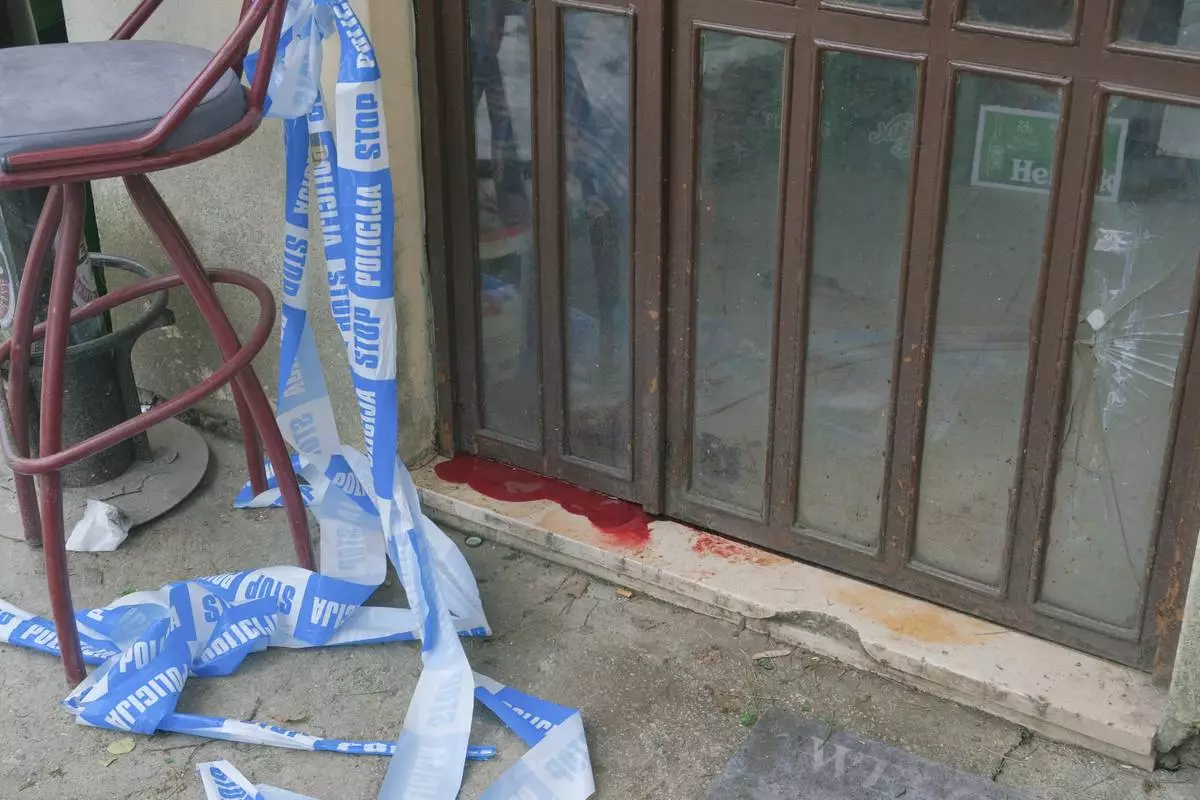
A view of blood by the door of a bar after a shooting incident, in Cetinje, 36 kilometers (22 miles) west of Podogrica, Montenegro, Thursday, Jan. 2, 2025. (AP Photo/Risto Bozovic)
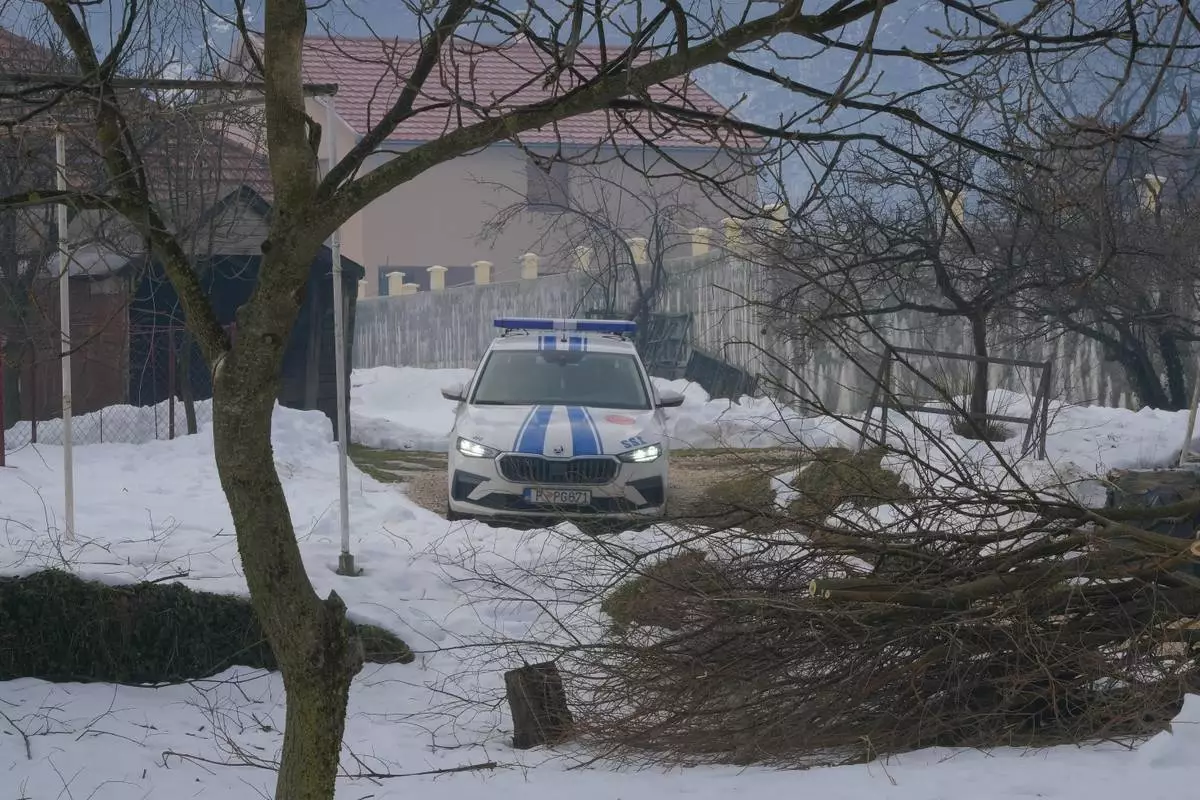
A police car outside a house after a shooting incident, in Cetinje, 36 kilometers (22 miles) west of Podogrica, Montenegro, Thursday, Jan. 2, 2025. (AP Photo/Risto Bozovic)
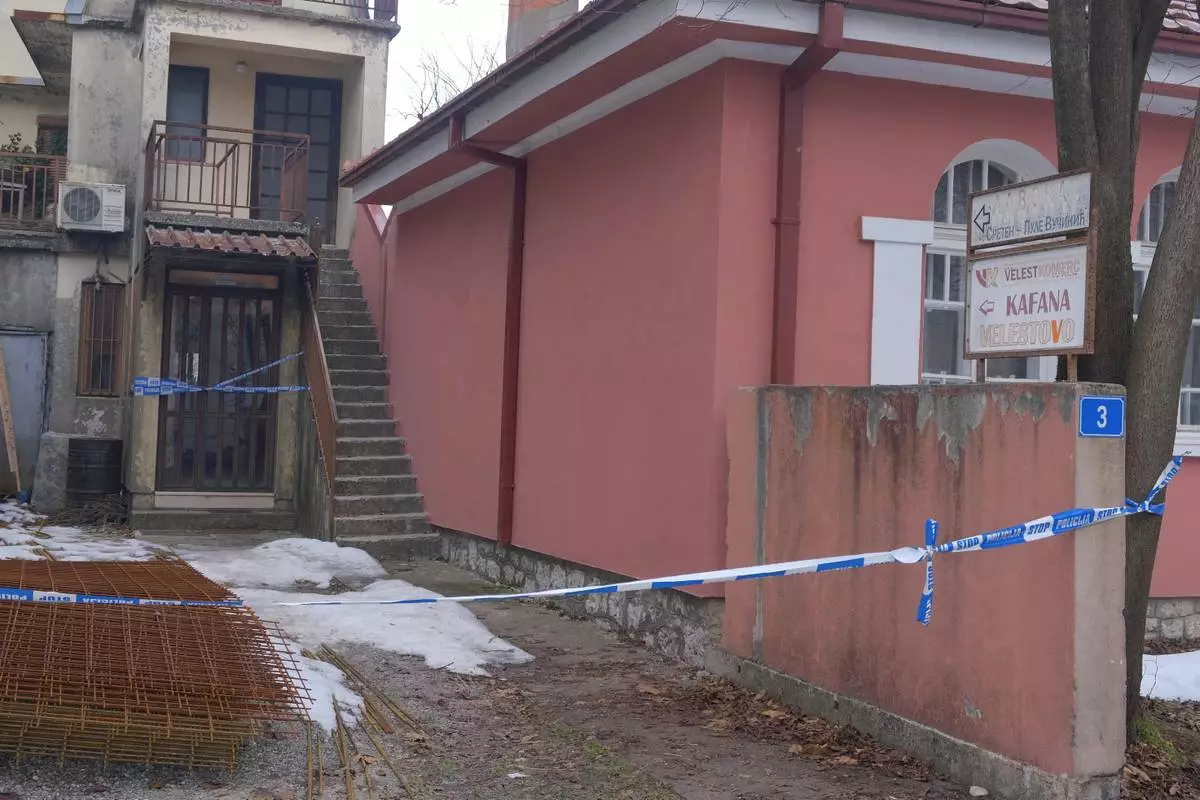
A view of a bar after a shooting incident, in Cetinje, 36 kilometers (22 miles) west of Podogrica, Montenegro, Thursday, Jan. 2, 2025. (AP Photo/Risto Bozovic)

A view of a police vehicle at the home of a gunman after a shooting incident, in Cetinje, 36 kilometers (22 miles) west of Podogrica, Montenegro, Thursday, Jan. 2, 2025. (AP Photo/Risto Bozovic)

A view of a police vehicle at the home of a gunman after a shooting incident, in Cetinje, 36 kilometers (22 miles) west of Podogrica, Montenegro, Thursday, Jan. 2, 2025. (AP Photo/Risto Bozovic)

Police officers stand guard at the home of a gunman after a shooting incident, in Cetinje, 36 kilometers (22 miles) west of Podogrica, Montenegro, Thursday, Jan. 2, 2025. (AP Photo/Risto Bozovic)
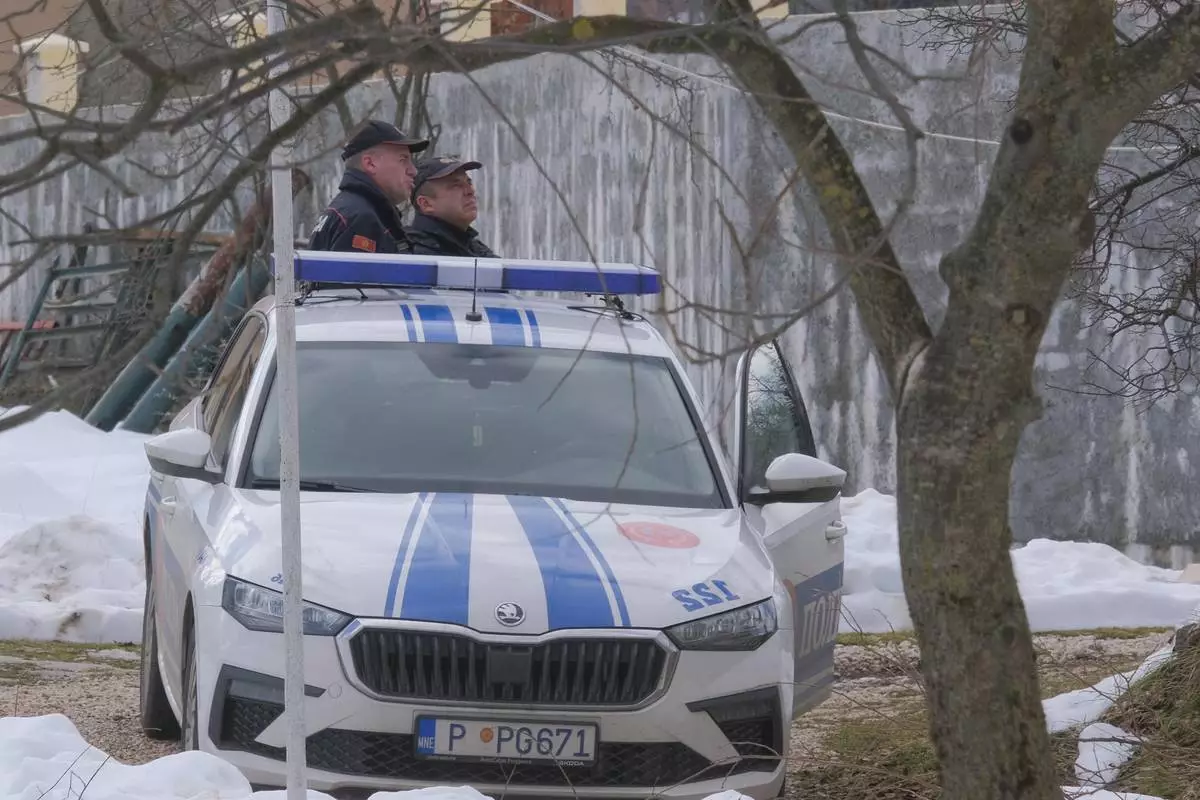
Police officers stand guard at the home of a gunman after a shooting incident, in Cetinje, 36 kilometers (22 miles) west of Podogrica, Montenegro, Thursday, Jan. 2, 2025. (AP Photo/Risto Bozovic)
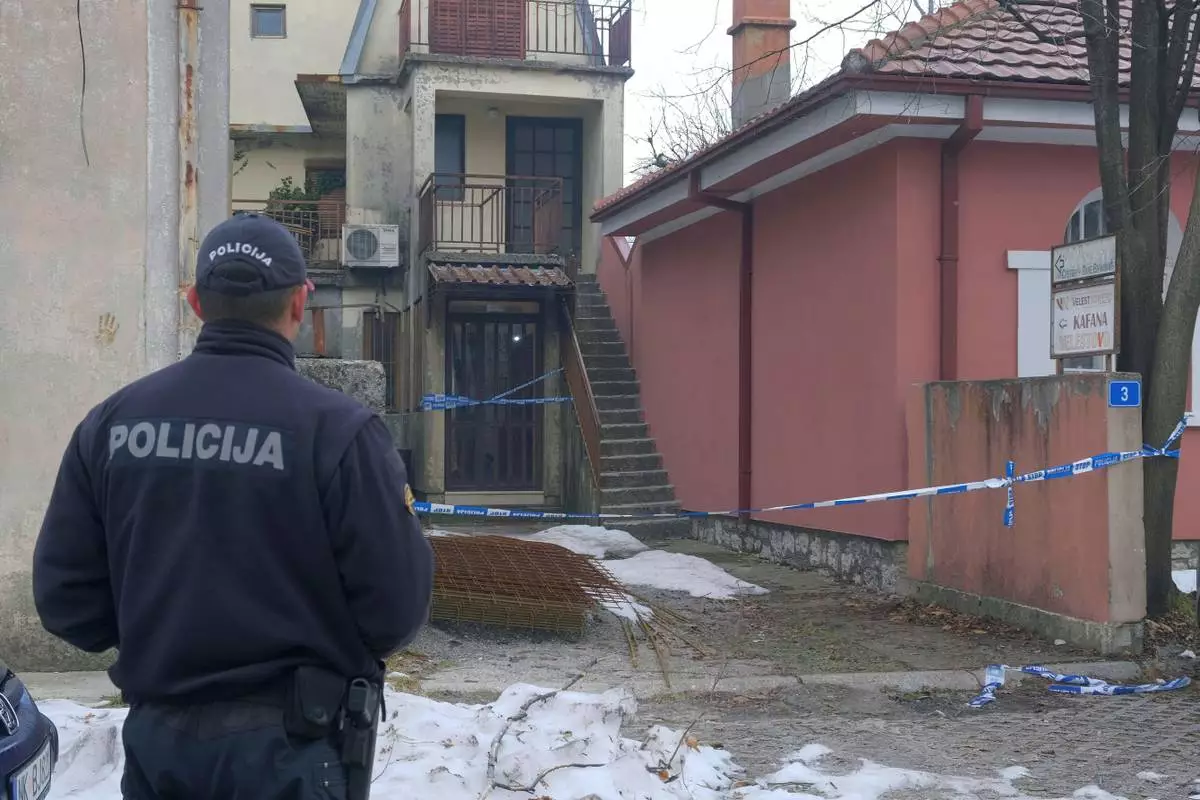
A police officer stands guard at the scene after a shooting incident at a bar, in Cetinje, 36 kilometers (22 miles) west of Podogrica, Montenegro, Thursday, Jan. 2, 2025. (AP Photo/Risto Bozovic)
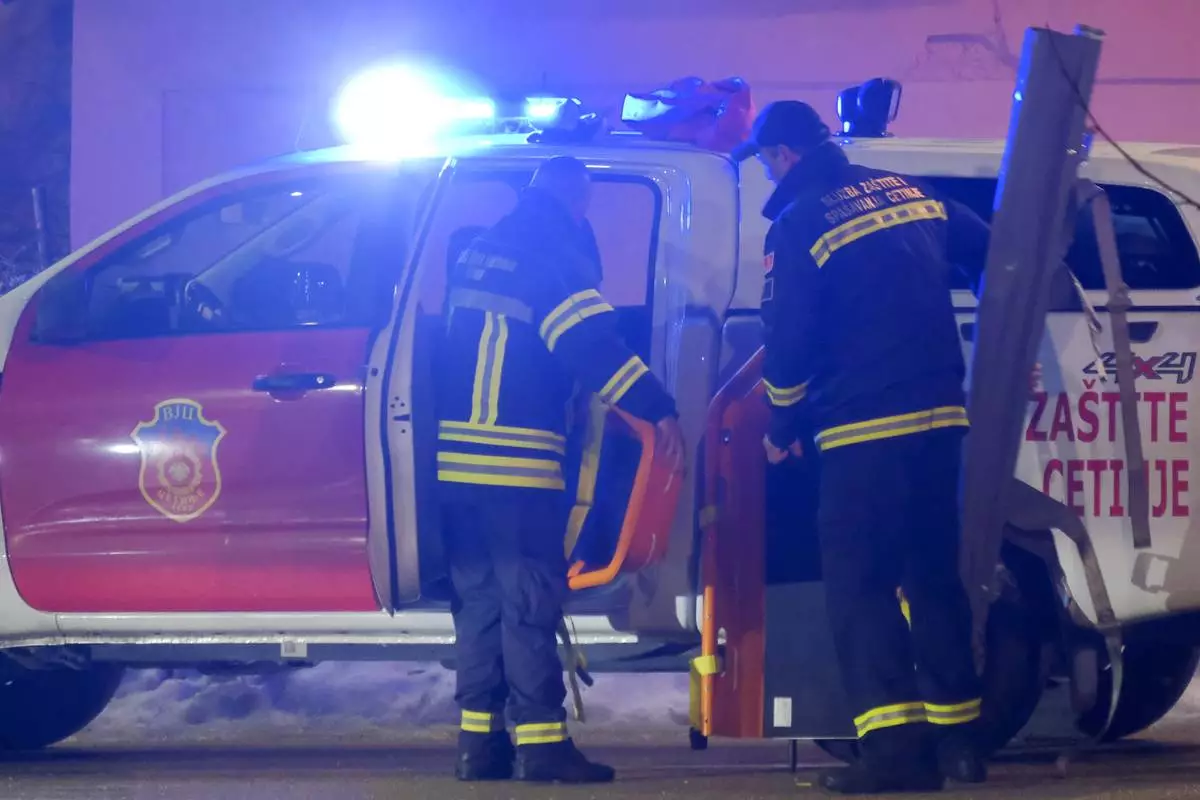
Rescue workers work at the site of a shooting in Cetinje, 36 kilometers (22 miles) west of Podogrica, Montenegro, Wednesday, Jan 1, 2025. (AP Photo/Risto Bozovic)
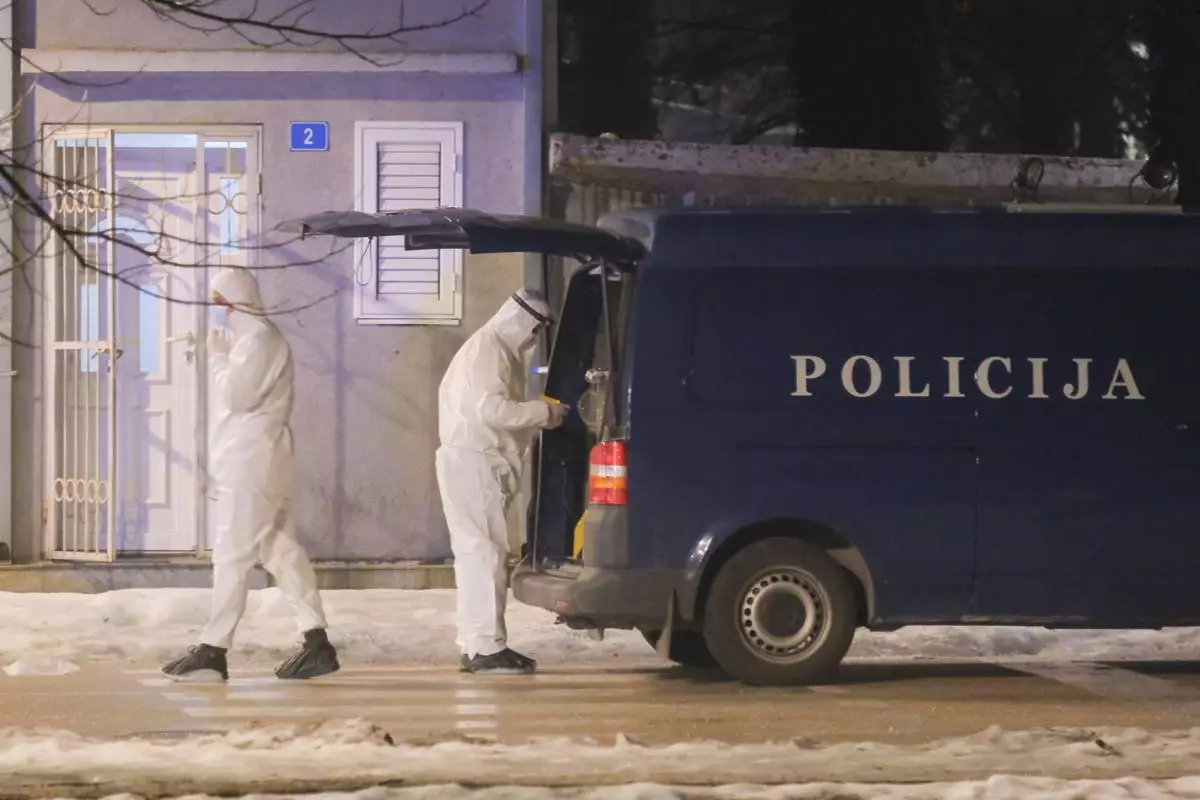
Police investigators work at the site of a shooting in Cetinje, 36 kilometers (22 miles) west of Podogrica, Montenegro, Wednesday, Jan 1, 2025. (AP Photo/Risto Bozovic)
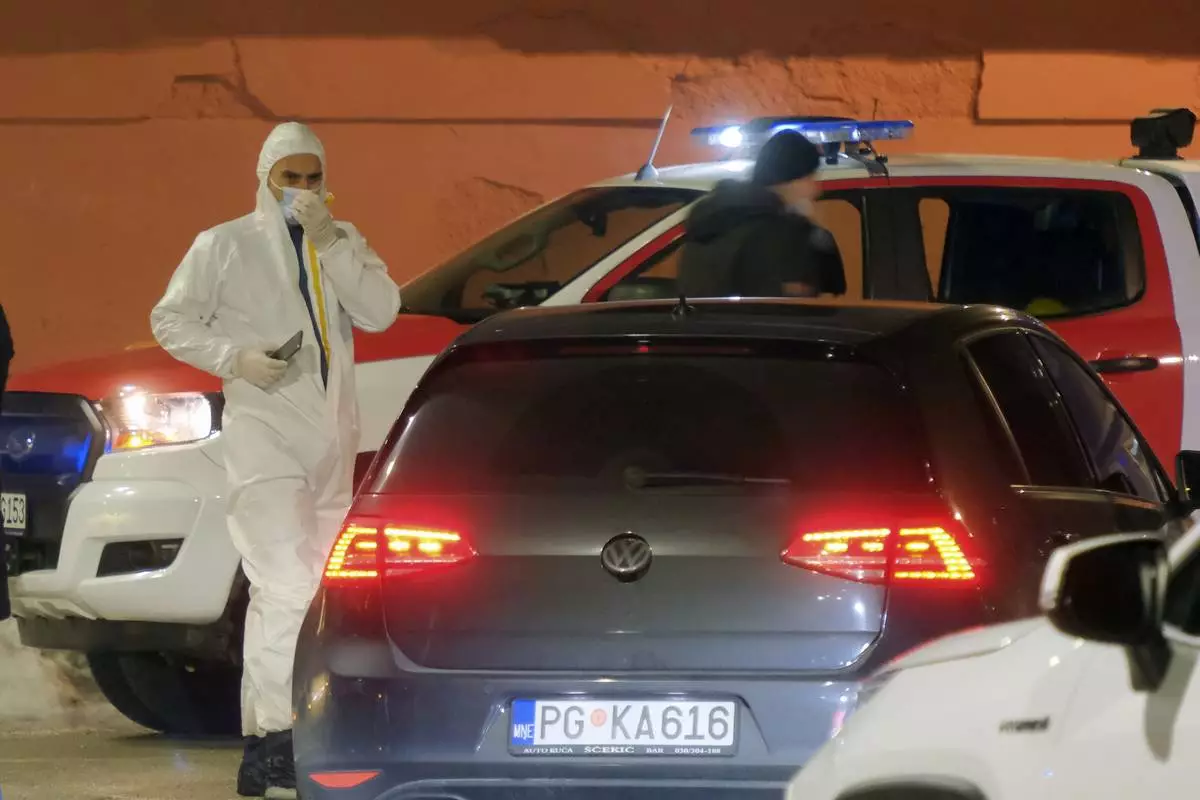
Police investigators work at the site of a shooting in Cetinje, 36 kilometers (22 miles) west of Podogrica, Montenegro, Wednesday, Jan 1, 2025. (AP Photo/Risto Bozovic)





